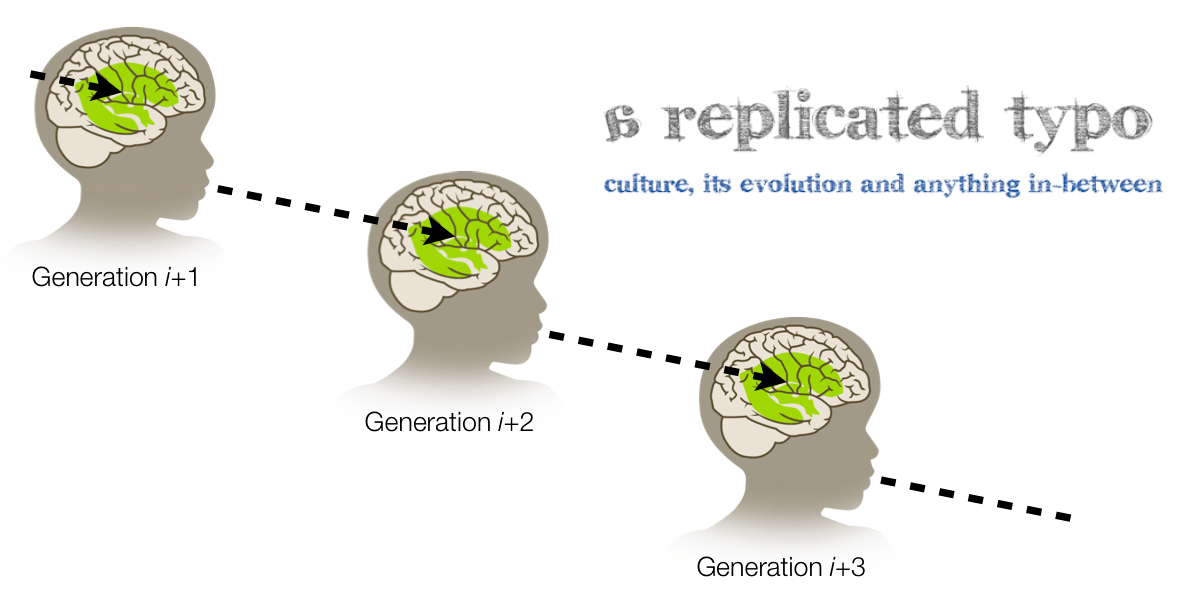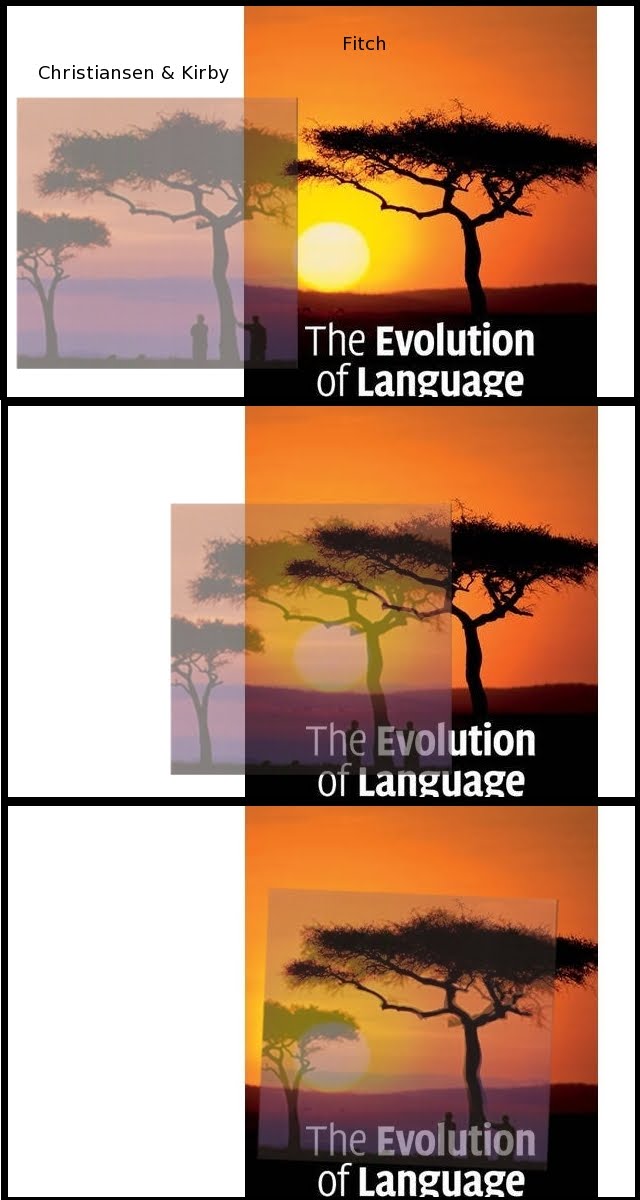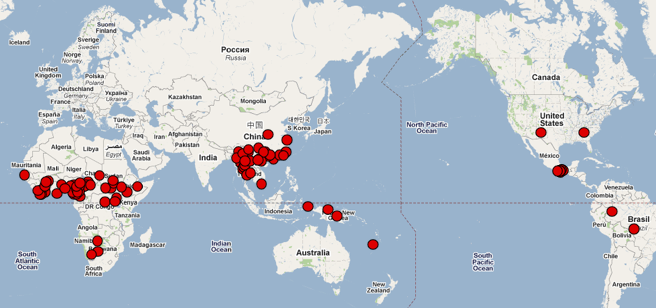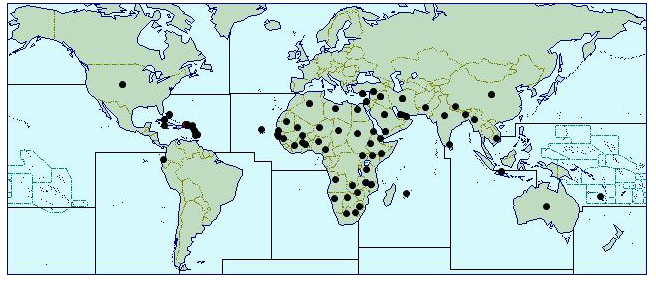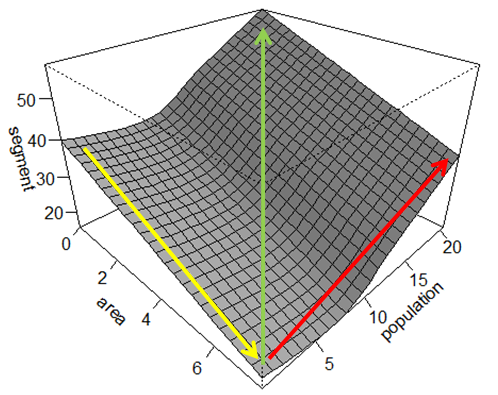Natalia Cecire has a good post on academic blogging over at Arcade. Tne ensuing discussion is excellent.
Here’s what I posted to the discussion:
Excellent post, Natalia, and excellent discussion all.
I come at this subject from a different angle. I was trained as an academic, held an academic post, then failed to get tenure. Since then I’ve done this and that, while maintaining an active intellectual life. The advent of the web was a godsend to me, for it opened up new lines communication. Now I could easily find out about things and stuff and contact any scholar with an email address. I was once again in the mix, though a somewhat different mix, to be sure.
It’s within that context that I see my blogging. I do most of my blogging at my own blog, New Savanna, which is a mixture of various things. I could easily break it into 3 or 4 more tightly focused blogs, but why do that? (Perhaps readers would be less confused.) I post photos, personal essays (not so many of those), and material on a wide variety of topics at varying levels of sophistication and intellectual development.
I’m particularly fond of the work I’ve been doing on cartoons, most of which is analytic and descriptive. I regard that as being as important as anything I’m doing, but I don’t see how I could do that work in a formal academic venue. As far as I know, there’s no place to publish largely analytic descriptive work on cartoons. So I blog it. Most recently, a series of four posts on Porky in Wackland and eight on The Greatest Man in Siam. While some of those posts get just a tad heavy here and there, for the most part they’re pretty straightforward and accessible. Anyone who’s interested in that material can read those posts. And there’s a substantial community of folks interested in animation that isn’t being served by academia.
So, I’m a public intellectual without the reputation that seems to be part of the implicit understanding of the term. Continue reading “Academic Blogging”
